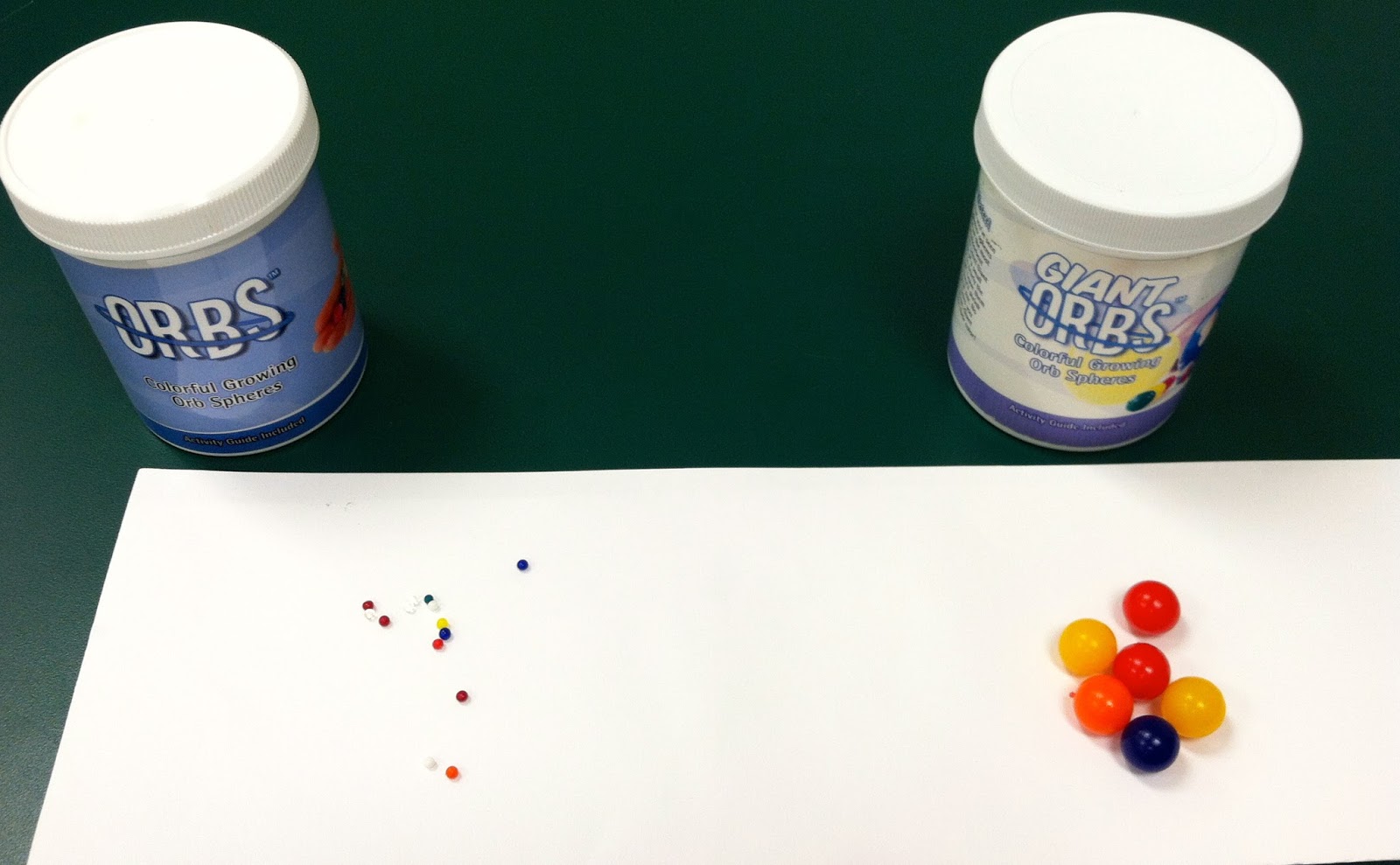It is only our second week of school, and our students are already getting used to our classroom routines and expectations. We are all starting to come together as a team. We have started to implement Marvin Marshall's ideas from Discipline Without Stress, Punishments, or Rewards into our own behavior programs. Our students are better able to reflect on their behavior and monitor it.
We finally began our first story from our reading series, The Twin Club. Our focus was on the settings of the story and how it affected the characters' feelings, thoughts, and actions. After our shared reading, students sketched out the six different settings of the story. Then, they wrote words to describe the circumstances surrounding each scene. After our close read, we challenged our students to make inferences about how the characters were feeling, and what they were thinking. Yes, we were worried and felt at times that it might be too difficult for our students this early in the year, but we know how important it is to have rigorous lessons with the Common Core. Our students really stepped up to the plate, and it was a successful lesson on a Friday afternoon! If you use this curriculum and you want to check out the lesson, here's a link for you to download our free lesson plan. The Twin Club
We finally got our "tweet" lesson from Amy Lemons done this week. We talked about how the first thing a writer needs is ideas, and then he or she needs to decide on which idea to write about. After brainstorming a list of summer events, our students selected one idea and wrote a short narrative.
Science was once again a big hit in our rooms. We continued to practice our observation skills with our orb experiment. After making observations about the tiny orbs, we presented our students with the question: What will happen when I put orbs in room temperature water? After making a hypothesis, each student got their own cup of water and orbs and patiently waited for the next day to see the results. They put their observation skills to good use, and were amazed by the changes they saw. Squeals of laughter and delight over how bouncy and squishy the orbs became spread throughout the room, and the students were surprised to discover that the clear orbs did not disappear, but just became camouflaged with the water.
When the students were finished observing, we explained that observations lead scientists to new questions. We asked them what new questions they had about the orbs and charted their responses. We told the students we would give them new orbs to test their questions on Monday.
Then, we pretended to have forgotten to observe our own orbs that we put in water. When we showed them the cup, they immediately knew we had done something different with our orbs because they were gigantic. We explained that they were inferring, or drawing a conclusion. They then naturally started making hypotheses about what we had done. All we had really done was use giant orbs instead of the regular ones. If you'd like to try this with your students, here is the link to Steve Spangler, where you can buy the orbs.
Enjoy the weekend! It's going to be a hot one here!
Kim and Anne








No comments:
Post a Comment